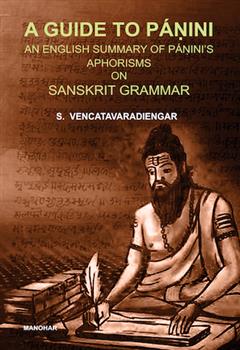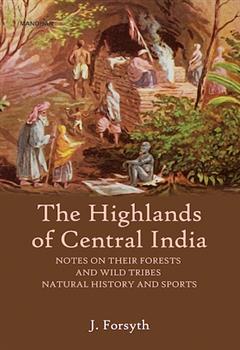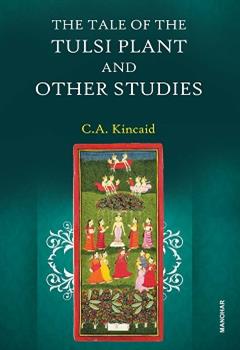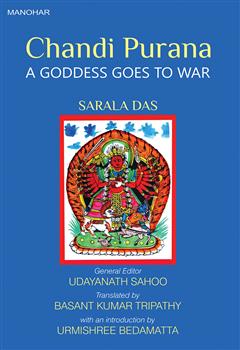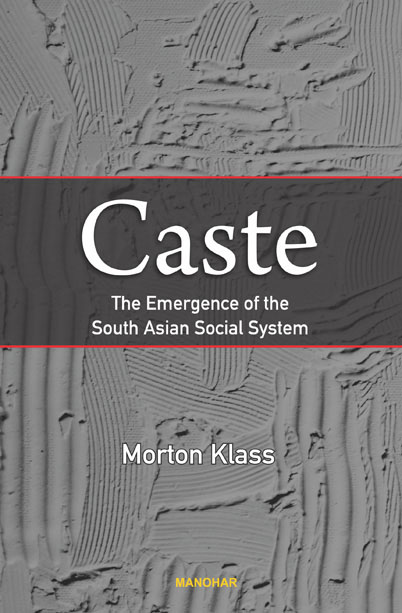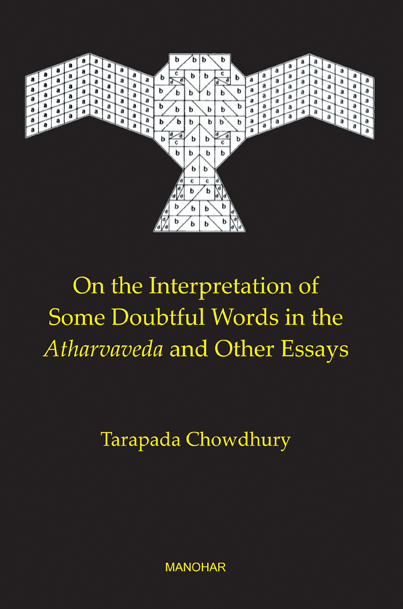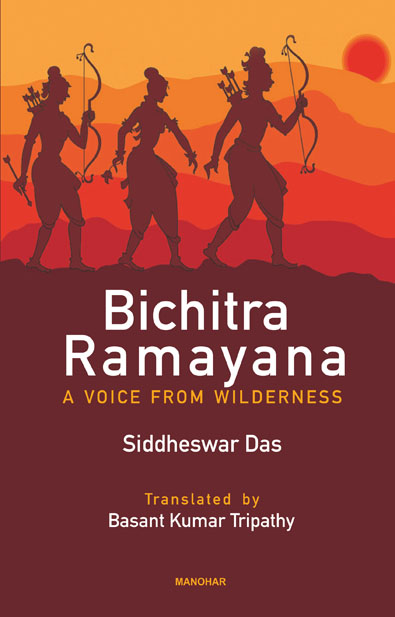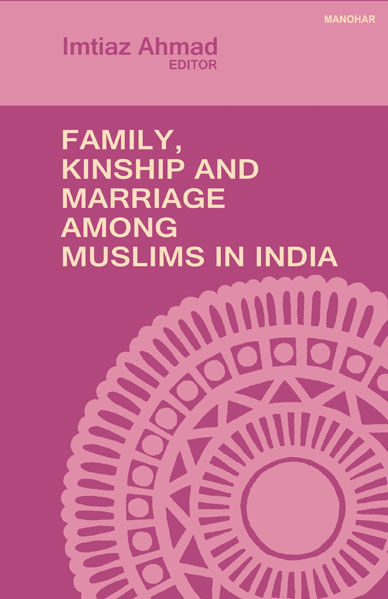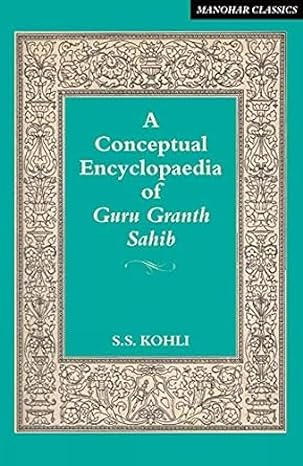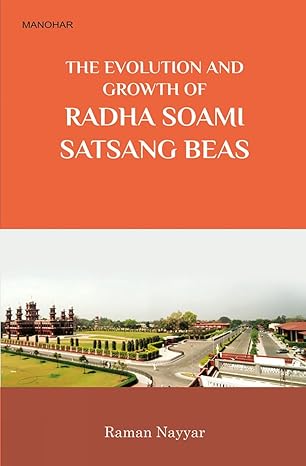Religion
Featured Products
A Guide to Panini: An English Summary of Panini's Aphorisms on Sanskrit Grammar
₹2,761.05
M.R.P.:₹ 3,495.00
You Save: ₹733.95 (21.00% OFF)
The Highlands of Central India: Notes on their Forests and Wild Tribes Natural History and Sports
₹1,180.30
M.R.P.:₹ 1,595.00
You Save: ₹414.70 (26.00% OFF)
The Tale of the Tulsi Plant and Other Studies
₹628.05
M.R.P.:₹ 795.00
You Save: ₹166.95 (21.00% OFF)
Caste: The Emergence of the South Asian Social System
₹963.60
M.R.P.:₹ 1,095.00
You Save: ₹131.40 (12.00% OFF)
On the Interpretation of Some Doubtful Words in the Atharvaveda and Other Essays
₹809.25
M.R.P.:₹ 975.00
You Save: ₹165.75 (17.00% OFF)
Bichitra Ramayana:A Voice from Wilderness
₹1,209.00
M.R.P.:₹ 1,550.00
You Save: ₹341.00 (22.00% OFF)
Family, Kinship and Marriage Among Muslims in India Family, Kinship and Marriage Among Muslims in India
₹505.75
M.R.P.:₹ 595.00
You Save: ₹89.25 (15.00% OFF)
A Conceptual Encyclopaedia of Guru Granth Sahib
₹1,225.90
M.R.P.:₹ 1,495.00
You Save: ₹269.10 (18.00% OFF)
The Evolution and Growth of Radha Soami Satsagn Beas
₹1,339.05
M.R.P.:₹ 1,695.00
You Save: ₹355.95 (21.00% OFF)


